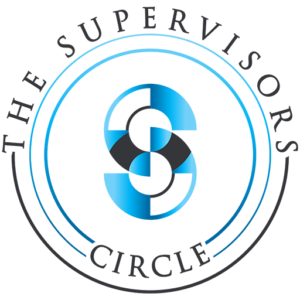I have been on both sides of the one-on-one meeting table, as a supervisor and as a person being supervised. I have been part of some really amazing meetings, as a supervisor and as a person being supervised, and I have been part of some really pointless meetings, both as a supervisor and as a person being supervised. The more and more of these I experienced, the clearer the pattern became- there was one major thing that separated the successful meetings from the unsuccessful ones.
As leaders, we know how beneficial these one-on-one meetings with our staff can be. The challenge is how to do it. There are a lot of best practices, strategies, tips, and tools to use, but ultimately, they should all center around one core principle:
The purpose of one-on-one meetings is to support your staff.
Everything you do to plan, facilitate, and follow up on these one-on-one meetings should focus on that. The successful meetings I have been a part of did just that; the unsuccessful ones did not.
One of the most common mistakes supervisors make in their one-on-one meetings is basically equating them with status updates and task check-ins. This remains a common practice and an especially detrimental one. Meetings that only focus on status updates are boring, time-consuming, and wasteful. With all the tools and technology at our fingertips today, there is no good reason to spend your valuable one-on-one meeting time on task check ins. To make the time actually valuable, you should be planning your one-on-one meetings to focus on and support your team. This necessarily includes:
* Discussing goals
* Checking on professional growth
* Feedback
* Coaching
* Showing appreciation
* Working through challenges
* Sharing ideas
* Making decisions
You will not have time to cover all of these in every meeting, but it is important that your meetings include some of these every time. How much and in what quantity should depend on what your staff needs during that particular meeting. To determine this, you need to include your staff in the planning, involvement and follow up of the meeting.
Give staff ownership over what they need.
Give them the opportunity to facilitate components of the meeting.
Give them space after the meeting to follow up on what best serves them.
Your position on the organizational chart may be higher than the person you supervise, but if you want to be an effective leader, you need to build a relationship that is collaborative. Give them as much ownership as possible over their own professional life. Involve them. Follow their lead. Maximize your time together by being an active listener, coach, and source of support.
When you start to make this one shift, you and your staff will experience stronger relationships, increased trust, improved communication, and deeper impact.
For more support, I invite you to join our free, self-paced mini course, Leading Successful One-on-One Meetings. It will give you the tips, tools, and resources you need to make your one-on-one meetings invaluable to you and your staff.
**********************************************************
If you would like more support to lead successful one-on-one meetings, join our free, self-paced virtual course. This course will give you everything you need to better support your staff while becoming a stronger leader. Start today and revisit the material as many times as is helpful. Click the photo below.
**********************************************************






